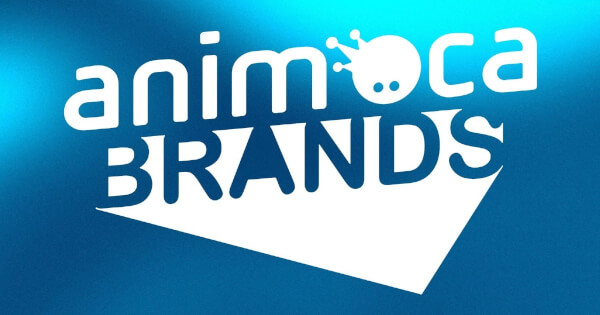Lawrence Jengar
Oct 12, 2024 13:35
NVIDIA employs advanced RAG techniques using NIM microservices to streamline O-RAN specifications, enhancing interoperability and efficiency in telecommunications.
The telecommunications industry faces constant challenges in managing the complexity of evolving standards. In a significant development, NVIDIA is leveraging advanced retrieval-augmented generation (RAG) techniques to streamline the interpretation and application of O-RAN (Open Radio Access Network) specifications, according to the NVIDIA Technical Blog.
Leveraging Generative AI
NVIDIA is utilizing generative AI to automate the processing of technical standards, reducing the time and effort involved in analyzing and implementing complex protocols. The company has developed a chatbot demo for O-RAN standards, showcasing the potential of AI in handling large volumes of technical specifications.
O-RAN aims to enhance interoperability, openness, and innovation in telecommunications networks by using open interfaces and modular components. NVIDIA’s approach involves using NIM microservices and RAG to efficiently address complex queries related to O-RAN specifications.
Innovative Chatbot Architecture
The O-RAN chatbot employs a cloud-native RAG architecture, utilizing NVIDIA NeMo Retriever for text embedding and relevance-based reranking to improve semantic sorting. The integration of various chatbot elements is facilitated by the LangChain framework, while a GPU-accelerated FAISS vector database stores embeddings.
To ensure accurate and relevant responses, NVIDIA has deployed NeMo Guardrails and implemented a user-friendly interface using Streamlit. These enhancements allow the chatbot to interact seamlessly with users, providing precise answers to technical questions.
Addressing RAG Challenges
Despite its innovative architecture, initial deployments of the RAG system faced challenges, including verbosity and tone inconsistencies, as well as issues with retrieving relevant documents. NVIDIA addressed these by tuning prompts and experimenting with advanced retrieval strategies, such as Advanced RAG and HyDE RAG.
Advanced RAG involves query transformation to generate multiple subqueries, broadening the search space and improving document relevance. HyDE RAG enhances retrieval by considering potential answers, leading to better contextually relevant document retrieval.
Evaluating Retrieval Strategies
To assess the efficacy of these advanced techniques, NVIDIA conducted both human and automated evaluations. O-RAN engineers crafted questions to test the RAG methodologies, with human experts rating the responses for quality and relevance. Automated evaluations employed the RAGAs framework, using an LLM as a judge.
The results indicated that Advanced RAG consistently outperformed both Naive and HyDE RAG methods, significantly enhancing response quality and retrieval accuracy.
Optimizing Language Models
Following the identification of the best retriever strategy, NVIDIA evaluated various LLM NIM microservices to further enhance answer accuracy. Despite testing multiple models, results showed minimal performance differences, highlighting retrieval optimization as the critical factor for success.
Conclusion
NVIDIA’s advanced RAG techniques demonstrate the transformative potential of integrating AI with telecommunications standards processing. The O-RAN chatbot exemplifies how NVIDIA’s end-to-end platform can enhance efficiency and maintain a competitive edge in the fast-evolving telecom industry.
Image source: Shutterstock
Credit: Source link















